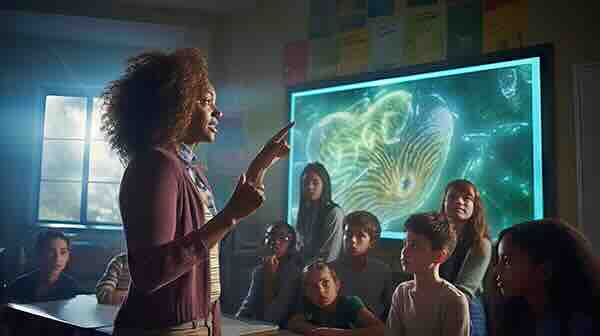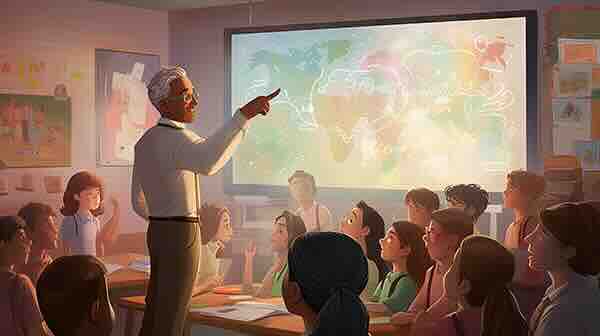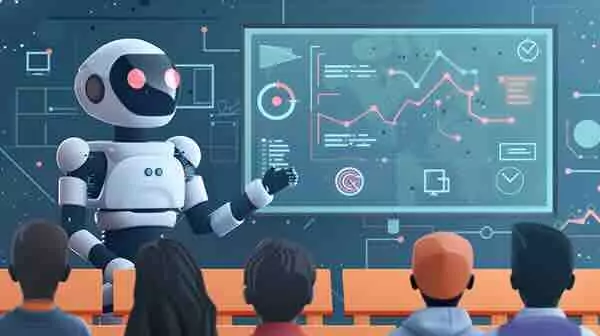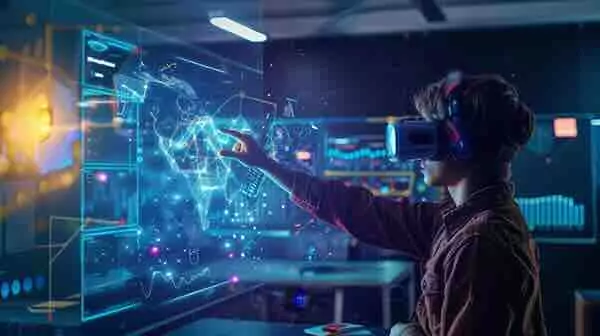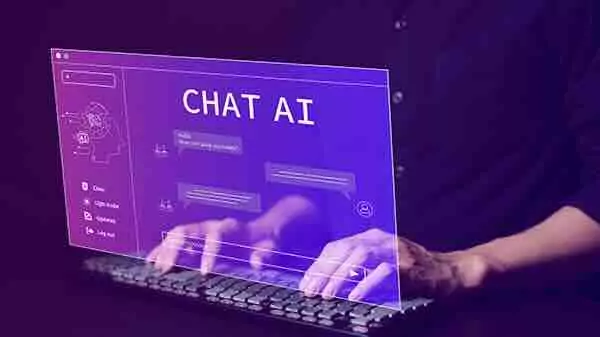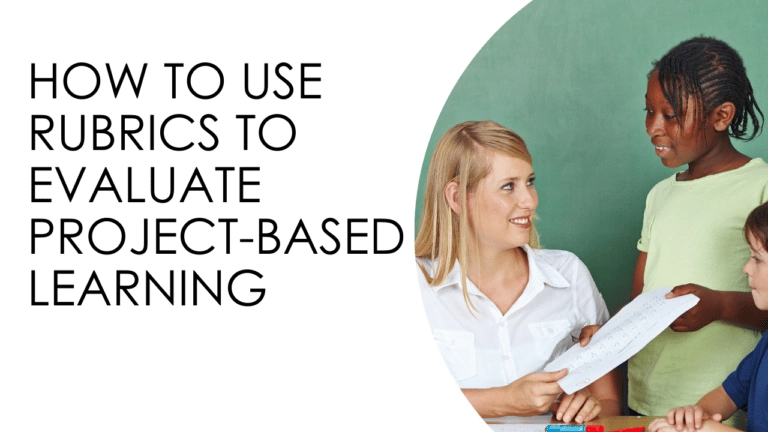PBL Blog
-
How to Prepare Students for an AI-Driven Future without Overhauling Your Entire Curriculum
As AI continues to shape the world, educators face the challenge of preparing students for a future dominated by technology. However, integrating AI into the classroom doesn’t have to mean completely overhauling your existing curriculum. With the right strategies, you can help students develop AI-related skills while maintaining the structure of your current teaching practices.…
-
11 Mistakes Teachers Make When Implementing AI in PBL—and How to Avoid Losing Control of Your Classroom
Learn the most common mistakes teachers make when integrating AI into project-based learning and how to avoid them to maintain control and effectiveness in the classroom. Introduction Integrating AI into project-based learning (PBL) offers tremendous benefits, from easing the burden of resource gathering to fostering deeper student engagement. However, as with any new technology, there…
-
6 Steps to Transition into an AI-Supported Classroom and Build Stronger Student Collaboration
Implement AI in your classroom effectively with these 6 steps that will boost collaboration and empower your students to solve real-world problems. Introduction What’s it about? This newsletter is about how to effectively transition from traditional teaching methods to an AI-supported classroom while ensuring that students collaborate and take ownership of their learning. Why should…
-
Successful Examples of AI Integration in Project-Based Learning
How can you turn ChatGPT or any other similar AI tool into a beneficial learning tool for you and your students? Since the introduction of ChatGPT in 2021, schools, teachers and students have gone through an educational earthquake, struggling to figure out the best way by which generative AI can complement student learning rather than…
-
Lessons Learned From A Failed Generative AI Implementation
In 2021 GradeScope, originally known for its AI-assisted grading tools, attempted to expand its offerings by integrating generative AI to automatically create lesson plans, quizzes, and other instructional materials. The goal was to save teachers time by providing ready-to-use resources tailored to different grade levels and subjects. Initial Expectations: The concept was promising: teachers would…
-
Assessing The Benefits And Risks Of These 6 AI Frameworks
There are six approaches for utilizing AI in classrooms: AI-tutor, AI-coach, AI-mentor, AI-teammate, AI-simulator, and AI-student, each with distinct pedagogical benefits and risks. There are six AI frameworks that can help students learn with AI and learn about AI as follows: AI-tutor, for increasing knowledge, AI-coach for increasing metacognition, AI-mentor to provide balanced, ongoing feedback,…
-
Teardown: How This School District Successfully Integrated AI into Their Project-Based Curriculum
The student-centered and future-focused Montour School District in Pennsylvania successfully integrated AI into its curriculum, becoming the first public school district in the United States to do so. This initiative began in 2018, driven by partnerships with Carnegie Mellon University, AI4All, and other organizations. The goal for the program was to make an all-inclusive AI program for all middle…
-
Why Engaging Students In Real-Life Projects Is So Important And How Does The Vermont Youth Project Make It Happen
I have long been an advocate of engaging students in real-life learning because it directs them towards a goal they can pursue in life and allows them to confidently step into the role they will assume. The Reality In School Today The current U.S. education system, organized into subject silos, often fails to connect concepts…
-
Expert Advice On Helping Students Plan And Design A Project
Planning the project involves students thinking about and working out how their investigation will take place. Designing relates to the structure of the project and answers the question “What do I need to solve my problem?” and “How do I obtain the data to solve it?” Many students find planning and designing difficult because these tasks require students…
-
Practical Implementations of AI in Action in K-12 Classrooms
Artificial intelligence is becoming a focal point in K-12 education. If you, like me, are interested in the practical implementation of AI in the classroom, these following examples can help you widen your perspective. Progress in K-12 AI education is being driven by local school districts and state departments of education, with input from non-profits…
-
Why Interdisciplinary Projects Are What Your Students Need To Be Prepared For Real Life
The goal of education is to prepare children for future careers and to become productive members of society. However, the current U.S. education system, organized into subject silos, often fails to connect concepts across different areas of study, unlike in the real world where information is blended. Most Of What We Do In Life Is…
-
A Step-by-Step Framework for Building Comprehensive Rubrics
Rubrics describe performance (good performance and bad performance). They often take the form of a scale or set of scales used to assess a complex performance but also used to improve performance by the student. There is no single right way to go about developing a rubric, the following set of rules will help provide…
